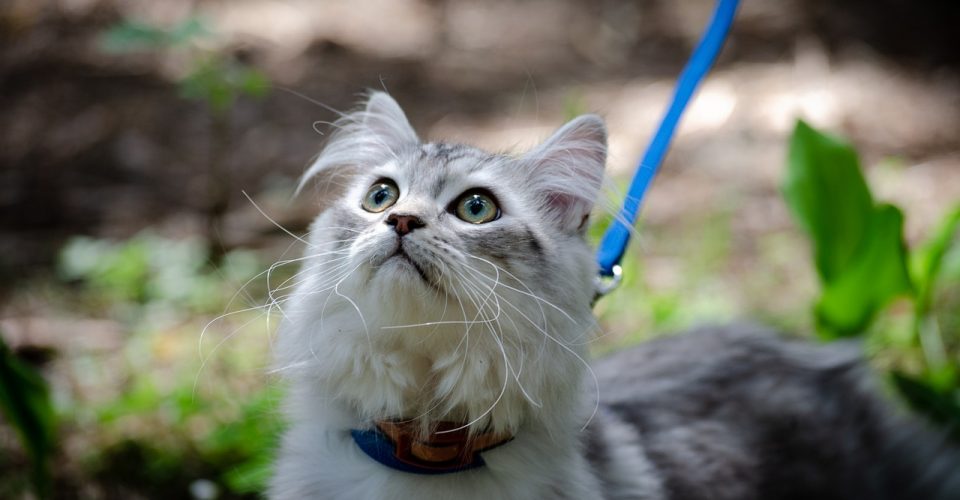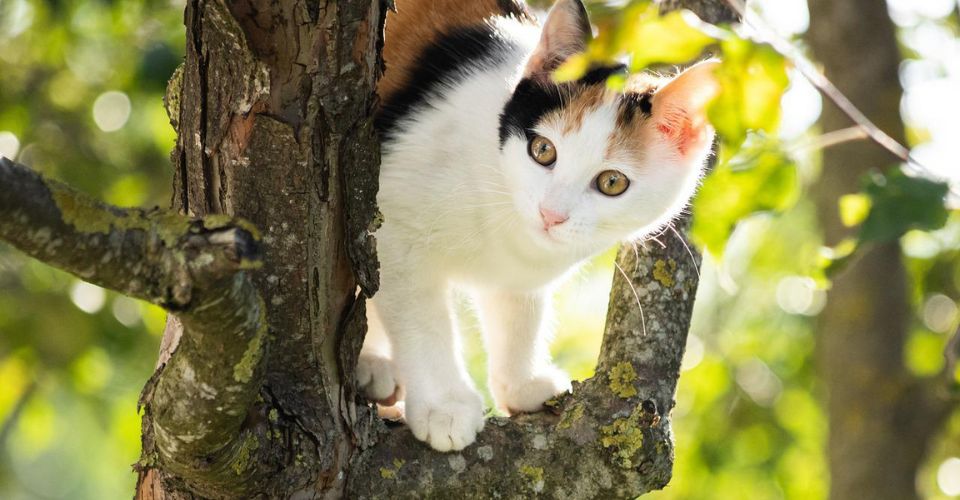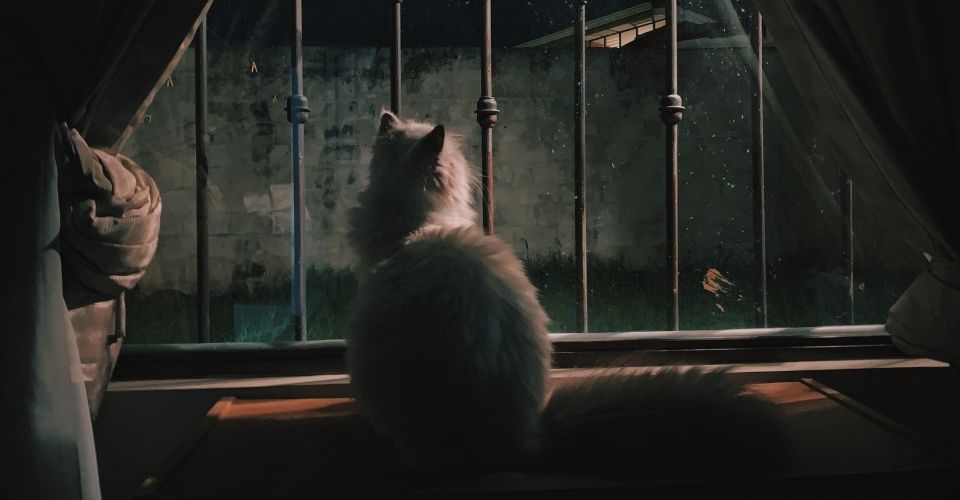If you own a cat and are concerned about her health and happiness, then taking her out for a stroll would be a highly recommended hobby. After all, cats feel much better when they interact with the world, but for this, you need to learn how to leash train a cat.
Leash training for cats is entirely different as compared to the leash training process of dogs, but luckily you can leash train them easily as cats do not require bulky and strong metallic leashes. Buy some soft cotton or nylon fabric, and you’re good to go. Research shows that cats tend to do well when given treats. And rightly so—who wouldn’t love a lovely tuna after a hard day of leash training? So you have to get yourself a pack of tasty treats first and a chic leash before you start training your pet.
Know Your Cat First
Your cat, just like any other pet, is a unique one, having a different personality temperament, health condition, and other factors.
Temperament
Is your cat grumpy, who just sits and relaxes like a boss and does not like you cuddling her? Such cats are usually difficult to train as they will get annoyed by the harness as soon as you put it on. The key is patience and persistence, and you will need extra time to train her into accepting the leash.
Health
Before you think of leash training your cat, consult your vet. If she has an underlying medical condition, it may get worse if you take her out leashed. Such medical conditions are rare, though.
Environment
Is your cat acquainted with the outside world? Or will she scream and zap seeing passing cars on the road? Moreover, what’s her reaction to coming in contact with other pets? Does she accepts them, or will she engage in a fight? These are some highly important factors to consider before taking your cat out for a stroll.
Steps to Leash Train a Cat
Now we will talk about the real deal, how to leash train a cat? Follow these steps carefully and your cat shall walk like a boss on the streets.
Buying a Leash
This process is easy yet very important. Preferably, you can take your cat shopping with you to check what size leash perfectly fits her if she is comfortable with it. If your pet shows any discomfort with a certain type of leash, then you should avoid it.
Buy the one that is comfortable and does not obstruct her natural walking pattern in any way.
Trying on the Leash
Here comes the first part, trying on the leash. Now you don’t want to turn your cat into a rodeo as soon as you put the harness, so you better be clever about it.
First, familiarize her with the product. Let her sniff or play with it for a few minutes, and all these activities should be before her mealtime. When you give her food, slowly put on the harness and wait for a few minutes. If she doesn’t get annoyed, let it remain there. The reason behind putting on a harness during mealtime is that your cat will be busy eating her food, and she will not pay much attention to wearing the harness.
After the meal is finished, let the harness attached to her for half an hour. Repeat this process for a few days until she is completely comfortable with the harness.
Let Her Walk
After your cat gets completely familiar with the harness, it’s time to train her to walk with you. This can be a bit tricky as cats do not naturally love to follow their owners because they easily get distracted. Therefore, before putting on the leash, place some treats along a straight line. Placing the treats would motivate her to walk along the track while remaining busy munching her snacks. Just make sure that there is no furniture or any other thing near her training area that might snag the leash in case if your cat wishes to flee from your grip. This would be her first track which is a straight path for the beginning of the training process.
After you are done with setting up the track, it’s time you put the leash to the harness but before doing so, distract the cat by giving her some treats. Now carry your cat to the training track and walk along the path with her by holding the leash. Continue moving back and forth along the straight path a few times.
If she gets irritated or wants to run, place some treats again but don’t overpressure her, if she gets her to fill by walking a few tracks with you and doesn’t want any more training, let her go. Unleash her immediately; otherwise, she may get frustrated. Repeat this process for a few days until she walks with you.
The Long Route
After the initial training, your cat becomes familiar with the leash but is still a rookie. You need to train her more gradually.
What you need now is to plan a route around your house with twists and turns.
Make some milestones at this track, do not put too many treats. You must put them along difficult paths at which you know your cat might not follow you.
The most important thing here to notice is that during this route, you have to give a gentle pull to the leash along the complete route so that she knows that she is following you and not the treats. Repeat these steps for a few days until you feel your cat is getting used to the leash and will follow you no matter what.
A Walk in the Garden
If you have a backyard or a garden, make your cat walk with the leash on so that she gets familiarised with the natural surroundings.
Let her breathe the fresh air, sniff the grass and the soil. Make her familiarized with the different voices, such as cars, dogs, birds, etc. on so that she does not get scared when you take her to walk with you on long or new routes.
Conclusion
Cats are highly intelligent creatures who can easily be trained on a leash with a little patience. Leash training your cat is important because they love to wander and explore, and there is no better way to let your pet enjoy under your supervision.





